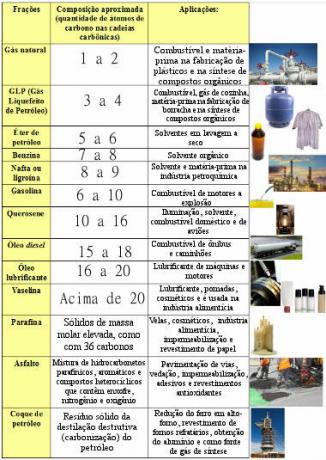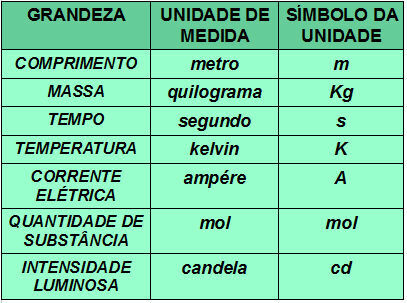Petroleum is a viscous liquid, less dense than water and formed by a complex mixture of organic compounds, mainly hydrocarbons(compounds whose molecules are formed only by carbon and hydrogen atoms)associated with small amounts of other classes of compounds that contain nitrogen, oxygen and sulfur.
The most accepted theory for the formation of oil is that it originated from the remains of living beings, animals and plants, over millions of years(It is estimated that oil reserves are between 10 and 500 million years old). It happened that mainly small marine beings, such as unicellular animals and plants, ended up depositing themselves on the bottom of lakes and seas. Over time, there was an accumulation of sediments and this organic matter was pushed to even deeper parts, where conditions extremely high pressure and temperature, as well as the absence of oxygen, prevented bacteria from rapidly decomposing this organic matter. But under the action of anaerobic bacteria, it decomposed over millions of years, generating oil.
Oil is stored inside pores or empty spaces of impermeable rocks (sandstone), called reservoir rocks. That's where the name oil comes from, which means stone oil. In addition, since they are generated by the decomposition of living beings, oil, natural gas and coal are called fossil fuels and are all exhaustible resources, i.e, are not renewable.
Mind Map: Oil

*To download the mind map in PDF, Click here!
It is also thanks to this origin that the vast majority of oil reserves are found in sedimentary basins and geological depressions below the sea floor, which may be close to the surface or more than five thousand meters from depth. It is believed that much of the oil was lost on the surface through leaks or exudations, which is why oil has been used since ancient times. The Babylonians, for example, used oil for heating, paving roads, and waterproofing their homes; the Egyptians also used oil for these purposes and for building pyramids, lighting, embalming bodies, and treating many ailments.
Do not stop now... There's more after the advertising ;)
There is evidence that the Chinese drilled wells to find oil, but as the technology was not advanced, it was not used as fuel. It was only in 1859 that Willian Drake drilled the first oil wells in the United States.
The oil is not used in its raw form, but, after being extracted, it is sent to the refineries where undergoes physical and chemical processes, such as distillation, to separate its components into fractions. Each fraction is used for a purpose, and the physicochemical differences of these compounds are basically based on the amount of carbon in their chains. See this in the table below and notice that as the amount of carbon atoms increases, the resulting fractions become heavier:

Main oil fractions, their approximate compositions and applications
O kerosene it was the first fraction of oil to have commercial importance, as it started to be used in the lighting of homes, factories and trades, which helped to preserve the whales, as until then whale oil was the main fuel for lamps and lamps.
THE Gasoline became the most valuable petroleum derivative in the late 19th century with the invention of combustion engine, whose fuel is gasoline.
But petroleum derivatives are also used in the manufacture of numerous materials that we use in everyday life, such as polymers, plastics used in packaging, toys, clothes, shoes, rubber, glue, paints, detergents, varnishes, resins, insecticides, fungicides, dyes, solvents, explosives and so on. against.
To find out more details related to oil, for example, how it is refined, extracted, explored and transported, read the texts listed below.
* Mind Map by Me. Diogo Lopes
By Jennifer Fogaça
Graduated in Chemistry



